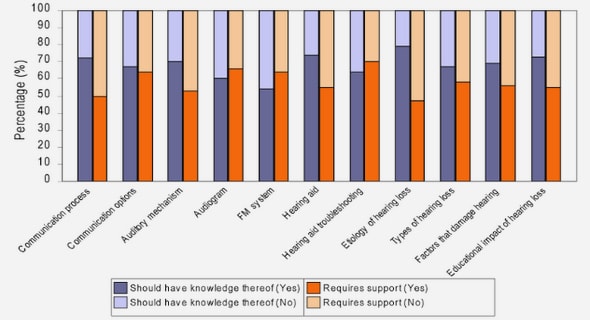(Downloads - 0)
For more info about our services contact : help@bestpfe.com
Table of contents
General Introduction
Chapter 1 Bovine Trypanosomosis (Disease) & Vector control : A General review
1.1. Introduction
1.2. Epidemiology and Risk factors of Trypanosomosis
1.2.1. Patterns of trypanosomosis on the field
1.2.2. Vector-Parasite-Host Relationship
1.2.3. Risk factors of Trypanosomosis
1.2.4. Trypanosomosis as a Trans-boundary Animal Disease
1.3. Tsetse and Trypanosomosis Control
1.3.1. Considerations for Tsetse Control Programmes
1.3.1.1. Socio-economic Baseline Survey
1.3.1.2. Entomological and disease Baseline Survey
1.3.1.3. Tsetse population structuring (Population Genetic profiling)
1.3.2. Control of parasitic Trypanosomes
1.3.3. Entomological (Vector) Control Strategy
1.3.3.1. Environmental management as a vector control strategy
1.3.3.2. Pesticide campaign in Vector Control
1.3.3.2.1. Live bait technique
1.3.3.2.2. Ground spraying
1.3.3.2.3. Aerial Spraying: The Sequential Aerosol Technique (SAT)
1.3.3.2.4. Traps and Targets
1.3.3.3 The Sterile Insect Technique (SIT)
1.4. A Continental Approach to Tsetse Control/Eradication
1.5. References
Chapter 2 : Cross-sectional survey
Bovine trypanosomosis in the Upper West Region of Ghana: Entomological, parasitological and serological cross-sectional surveys
Abstract
2.1. Introduction
2.2. Materials and methods
2.2.1. Study area
2.2.2. Entomological surveys
2.2.3. Parasitological and serological survey of bovine trypanosomosis
2.2.3.1. Sampling framework
2.2.3.2. Sampling and processing
2.2.3.3. Serological diagnosis
2.2.4. Statistical analysis
2.3. Results
2.3.1. Distribution of Glossina species in the study area
2.3.2. Prevalence of bovine trypanosomosis based on serological and parasitological examination
2.4. Discussion
2.5. Conclusion
2.6. References
Chapter 3: Tsetse population genetics
Genetic Comparison of Glossina tachinoides Populations in Three River Basins of the Upper West Region of Ghana and Implications for Tsetse Control
Abstract
3.1. Introduction
3.2. Materials and Methods
3.2.1. Study area and location of the genotyped flies
3.2.2. Entomological sampling
3.2.3. Genotyping
3.2.4 Statistical analyses
3.3. Results
3.3.1 Locus selection
3.3.2. Hierarchical population structure
3.3.3. Local population structure
3.3.4. Sex biased dispersal
3.3.5. Isolation by distance and demographic inferences
3.4. Discussion
3.5. References
Chapter 4: Integrated Tsetse Control
Sequential Aerosol Technique: A Major Component in an Integrated Strategy of Intervention against Riverine Tsetse in Ghana
Abstract
4.1. Introduction
4.2. Materials and Methods
4.2.1. Study area and sequential aerosol technique
4.2.2. Other control techniques
4.2.3. Monitoring the impact of the control campaign
4.3. Results
4.3.1. SAT schedule
4.3.2. Efficacy of the SAT cycles
4.3.3. Efficacy of the integrated tsetse control campaign
4.4. Discussion
4.5. References
Chapter 5 : Sellection of monitoring sites
Considerations for the Selection of Monitoring Sites in a post SAT Tsetse Control Programme
Chapter 6 : Environmental impact assessment
Environmental impact assessment of Deltamethrin application
Chapter 7 General Discussion/Conclusion
7.1. Introduction
7.2. Vector and Trypanosomosis (Disease) surveys
7.3. Study of G. tachinoides population structuring in the UWR of Ghana
7.4. Integrated application of SAT and other complementary control methods
7.5. Impacts of Deltamethrin Aerosol application for tsetse suppression on aquatic and terrestrial invertebrates in the Upper West Region of Ghana
7.6. The integrated Control Strategy
7.7. Conclusion
7.8. Reference


